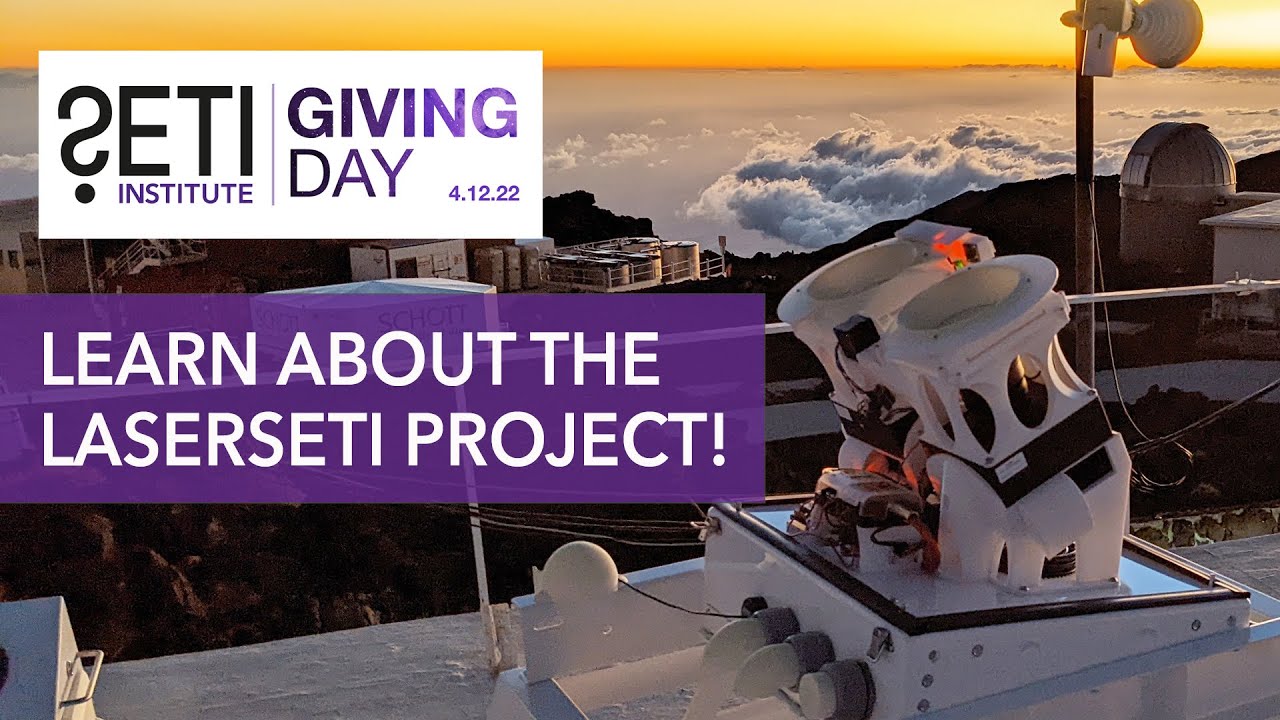The SETI Institute’s LaserSETI project is currently observing portions of the night sky from two observatories, one in California and another on Haleakala in Hawaii. Its detectors are sensitive to short, monochromatic pulses of light which might be emitted by beacons, interplanetary or interstellar communication systems, or leakage from laser sail propulsion systems for interplanetary or interstellar craft. Each camera “stares” at an extended field in the sky and captures data at 1000 frames per second. As no known natural source emits such pulses, a detection would either signal activity by a technological alien civilisation or a previously-unknown astronomical phenomenon.
It is estimated that around sixty sites would be required to provide full-time coverage of the entire night sky, clouds permitting. The current two sites are refining the detector technology, automated observing and data analysis tools, and network administration for the proposed full deployment.
Fourmilab contributed to the seed funding to launch this project in 2017.
